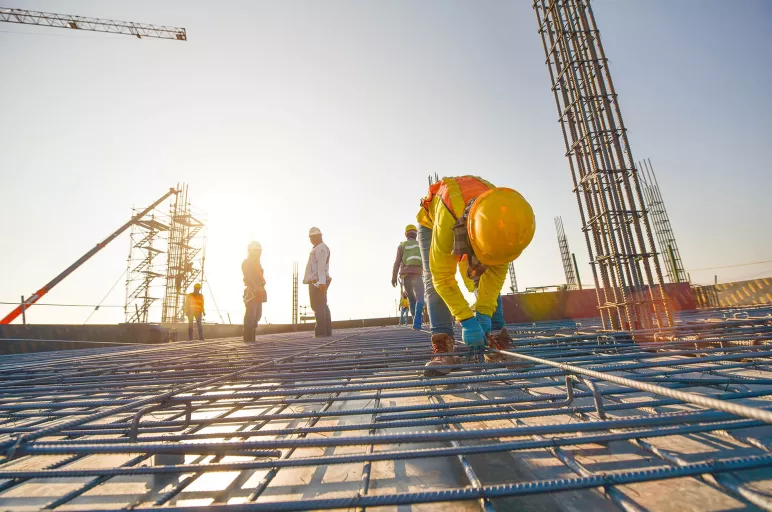
The Impact of COVID-19 on Construction & Building Materials
May 11, 2020 | Risk Management
The United States imports about 30% of its building materials from China, with a further 20% each coming in from Canada and Mexico. That means 70% of their imports are dependent on these three countries. Other major suppliers, such as Japan, Korea, Vietnam, Germany, Spain and Italy have also been hit severely by COVID-19. Ultimately, despite the dependency on a limited set of countries, the global impact of the coronavirus pandemic makes it evident that the building materials supply chain is undergoing a difficult time. This supply chain disruption is also evident from a 20% drop in cargo volumes at American ports in the 1st quarter of 2020.
Risk Exposure by Building Material
Plumbing material, elevator components, hardware, fire protection, electrical materials — all of these building materials supplies mostly depend on China. In addition, flooring, windows and curtain materials are primarily sourced from Italy, whereas glass and aluminum products are sourced from across Italy, Lithuania and Spain. Currently, Italy, Spain and other European nations have halted production and industry experts foresee a considerable passage of time before revamped production can help businesses regain normalcy. Shipping constraints and the unavailability of various materials required may require an additional 6 to 8 weeks of lead time, rather than the current 10 to 12 weeks.
Price Impacts
Failures in containing the spread of the coronavirus may cause a rise in domestic building materials supplies due to the inability of suppliers to export to desired locations. At the same time, imports will also face similar issues, hence one can expect an unpredictable mix of price fluctuations. However, in the long term, building materials and construction prices could go up due to supply chain bottlenecks. As building construction firms try to normalize their activities in a bid to return to normal business, there may be a supply chain bottleneck created by a surge in demand across the US.
Strategies to Deal With the Impact of COVID-19 on Building Materials
Building materials and construction firms must identify critical building materials. To identify critical building materials, firms can choose a mix of different criteria, such as long lead-time requirements, dependency on suppliers in COVID-19 affected countries or regions and incumbent suppliers’ exposure to COVID-19 affected regions. This is the time for construction firms to start looking for alternate suppliers. To avoid supply hiccups, building materials and construction firms must identify capable local suppliers and avoid high-risk suppliers. It is difficult to say when businesses will return to normal, but whenever they do, everyone will rush to procure supplies. Thus, to avoid domestic demand issues during this inevitable rush later, building construction firms should start engaging with potential building materials suppliers now.
References
- https://www.nasdaq.com/articles/how-coronavirus-can-shake-the-thriving-u.s.-housing-sector-2020-03-03
- https://getfea.com/end-use/covid-19-has-potential-to-slow-u-s-construction-and-disrupt-building-materials-supply-chain
- https://www.consigli.com/covid-19-impact-to-construction-materials-2/
- https://www.constructconnect.com/blog/economy/tracking-lumber-steel-concrete-gypsum-glass-construction-material-costs-producer-price-index-ppi-data
Frequently Asked Questions
The United States imports about 30% of its building materials and construction requirements from China. You can import building materials from China by
- Consult your local trade laws and government rules
- Verify your supplier
- Request for Quotation (RFQ)
- Discuss the turnaround time
- Purchase through sourcing agents and brokers
Building material is the material used for construction. They can be naturally occurring or manufactured.
During Covid-19, the strategies to ensure a steady supply of building materials are:
- Identify critical building materials
- Start looking for alternate suppliers
- Start engaging with potential building materials suppliers



